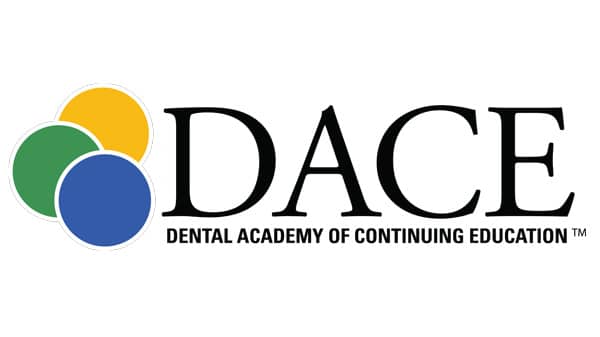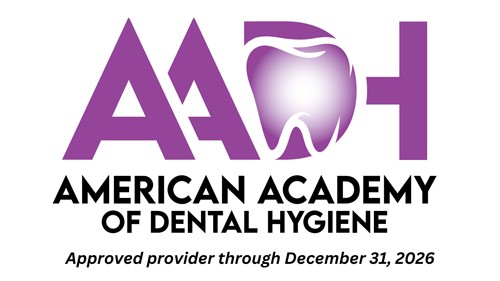Originally billed as peridental injections in the early 1900s, intraligamentary injections (ILIs), also referred to as periodontal ligament injections, were considered unconventional, and widespread utilization did not occur.1 However, increased use of ILIs began in the late 1970s with the introduction of specialized syringes that allowed the operator to more easily administer anesthetic solution in a high pressure location.2 A second resurgence occurred in the early 2000s with the introduction of computer-controlled local anesthetic delivery devices (C-CLAD) that provide a high-level of injection control. Today, ILIs are “perhaps the most universal of the supplemental injections,” and commonly used when inferior alveolar nerve block techniques are unsuccessful or fail to achieve the desired level of anesthesia.3 In addition, ILIs are indicated for single-tooth anesthesia; when low anesthetic dosage is required; widespread anesthesia is contraindicated; or certain systemic health issues are present.3-4 Continued growth of ILI utilization is expected because patients want less soft tissue anesthesia following dental care and dental providers desire less use of the traditional inferior alveolar nerve block for routine restorative procedures. This article will explore and evaluate the current use of intraligamentary injections in dentistry and the technique’s impact on the dental care experience.
Course Content






